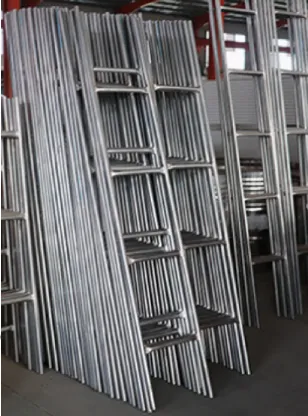loading...
- No. 9, Xingyuan South Street, Dongwaihuan Road, Zaoqiang County, Hengshui, Hebei, China
- admin@zjcomposites.com
- +86 15097380338
- Welcome to visit our website!
Innovative FRP Floor Grating Solutions for Enhanced Strength and Durability in Various Applications
Understanding FRP Floor Grating A Comprehensive Overview
Fiber Reinforced Plastic (FRP) floor grating is an innovative material that combines high strength with lightweight characteristics, making it an excellent choice for various industrial and commercial applications. This article delves into the properties, benefits, and applications of FRP floor grating, highlighting why it is becoming increasingly popular in modern construction.
What is FRP Floor Grating?
FRP floor grating is manufactured using a polymer matrix reinforced with fibers, typically glass or carbon, which enhances its strength and durability. This composite material is molded into grating panels that can support heavy loads while being resistant to corrosion, fire, and extreme environments. The combination of these properties makes FRP grating a versatile solution for flooring systems.
Key Properties
1. Corrosion Resistance One of the standout features of FRP flooring is its resistance to corrosive substances, including chemicals, salts, and environmental factors. This is particularly beneficial in industries such as wastewater treatment, chemical processing, and marine applications, where traditional metal grating would degrade quickly.
2. Lightweight FRP grating is considerably lighter than metal alternatives like steel or aluminum. This characteristic not only simplifies transportation and installation but also reduces the overall load on structural components, allowing for more efficient designs.
3. High Strength-to-Weight Ratio Despite its lightweight nature, FRP grating boasts a high strength-to-weight ratio, enabling it to support significant weight loads. This quality makes it suitable for heavy-duty applications where traditional materials might fail.
4. Ease of Installation The manufacturing process of FRP grating allows for custom sizing and shapes, which means that it can be easily installed in various configurations. Additionally, it can be cut or shaped on-site without special tools, streamlining the installation process.
frp floor grating

5. Slip Resistance Safety is a paramount concern in industrial environments, and FRP grating often comes with a textured surface that provides excellent slip resistance, reducing the risk of accidents.
Applications of FRP Floor Grating
FRP floor grating is used in a plethora of applications across different sectors
- Industrial Plants In facilities that handle corrosive materials, such as chemical manufacturing plants, FRP grating serves as an ideal choice for walkways and platforms due to its durability and safety features.
- Wastewater Treatment The ability to withstand harsh chemicals and corrosive conditions makes FRP grating a preferred option in wastewater treatment facilities, where its longevity reduces maintenance efforts and costs.
- Marine Environments The lightweight and corrosion-resistant properties of FRP make it suitable for docks, piers, and offshore platforms, where exposure to saltwater and UV radiation can lead to rapid deterioration of traditional materials.
- Food Processing In the food and beverage industry, FRP grating is often employed for flooring in processing areas due to its hygienic properties and ease of cleaning, contributing to better compliance with health and safety regulations.
Conclusion
As industries continue to seek efficient, durable, and cost-effective solutions, FRP floor grating has emerged as a material of choice across various applications. Its unique blend of lightweight construction, corrosion resistance, and strength makes it an appealing option for modern infrastructure needs. Whether for industrial use, marine applications, or food processing, FRP grating stands out as a reliable solution that addresses many challenges faced by traditional flooring materials. Investing in FRP floor grating not only enhances the safety and durability of facilities but also contributes to overall operational efficiency.
-
The Rise of FRP Profiles: Strong, Lightweight, and Built to LastNewsJul.14,2025
-
SMC Panel Tanks: A Modern Water Storage Solution for All EnvironmentsNewsJul.14,2025
-
GRP Grating: A Modern Solution for Safe and Durable Access SystemsNewsJul.14,2025
-
Galvanized Steel Water Tanks: Durable, Reliable, and Ready for UseNewsJul.14,2025
-
FRP Mini Mesh Grating: The Safer, Smarter Flooring SolutionNewsJul.14,2025
-
Exploring FRP Vessels: Durable Solutions for Modern Fluid HandlingNewsJul.14,2025
-
GRP Structures: The Future of Lightweight, High-Performance EngineeringNewsJun.20,2025
